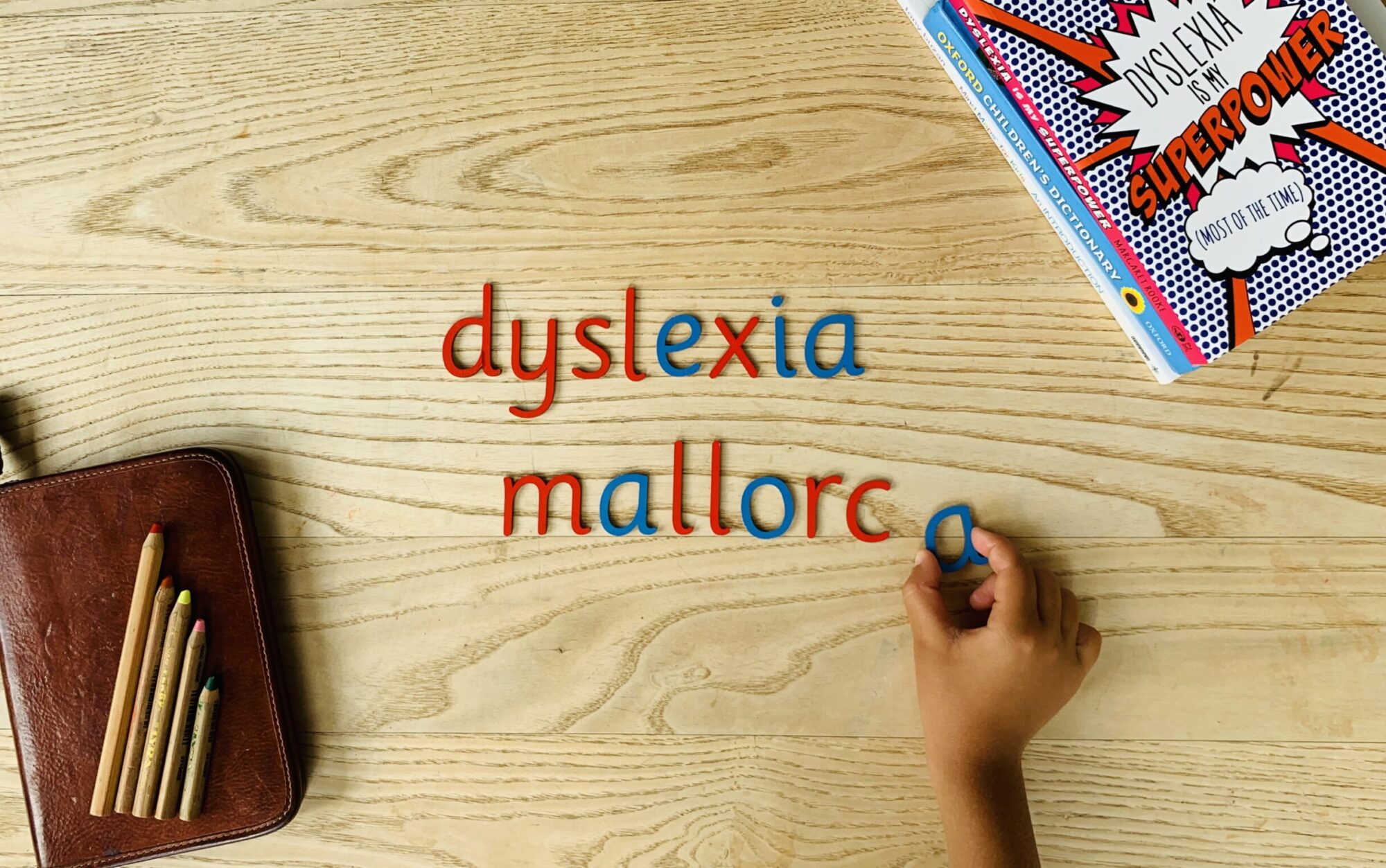Dyslexia can only be diagnosed through a Diagnostic Assessment. However, there are indicators which can help you to identify a young person who may be dyslexic.
Written work:
- Poor standard of written work compared with oral ability
- Produces messy work with many crossings out and words tried several times, e.g. wippe, wype, wiep, wipe
- Confused by letters which look similar, particularly b/d, p/g, p/q, n/u, m/w
- Poor handwriting with many ‘reversals’ and badly formed letters
- Spells a word several different ways in one piece of writing
- Makes anagrams of words, e.g. tired for tried, bread for beard
- Produces badly set-out written work, doesn’t stay close to the margin
- Poor pencil grip
- Produces phonetic and bizarre spelling: not age/ability appropriate
- Uses unusual sequencing of letters or words
Reading:
- Slow reading progress
- Finds it difficult to blend letters together
- Has difficulty in establishing syllable division or knowing the beginnings and endings of words
- Unusual pronunciation of words
- No expression in reading, and poor comprehension
- Hesitant and laboured reading, especially when reading aloud
- Misses out words when reading, or adds extra words
- Fails to recognise familiar words
- Loses the point of a story being read or written
- Has difficulty in picking out the most important points from a passage
Numeracy:
- Confusion with place value e.g. units, tens, hundreds
- Confused by symbols such as + and x signs
- Difficulty remembering anything in a sequential order, e.g. tables, days of the week, the alphabet
Time:
- Has difficulty learning to tell the time
- Poor time keeping
- Poor personal organisation
- Difficulty remembering what day of the week it is, their birth date, seasons of the year, months of the year
- Difficulty with concepts – yesterday, today, tomorrow
Skills:
- Poor motor skills, leading to weaknesses in speed, control and accuracy of the pencil
- Limited understanding of non verbal communication
- Confused by the difference between left and right, up and down, east and west
- Indeterminate hand preference
- Performs unevenly from day to day
Behaviour:
- Uses work avoidance tactics, such as sharpening pencils and looking for books
- Seems ‘dreamy’, does not seem to listen
- Easily distracted
- Is the class clown or is disruptive or withdrawn
- Is excessively tired due to amount of concentration and effort required
A cluster of these indicators alongside areas of ability may suggest dyslexia and further investigation may be required.
